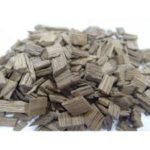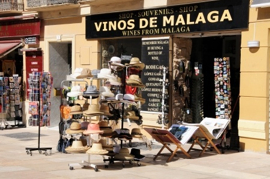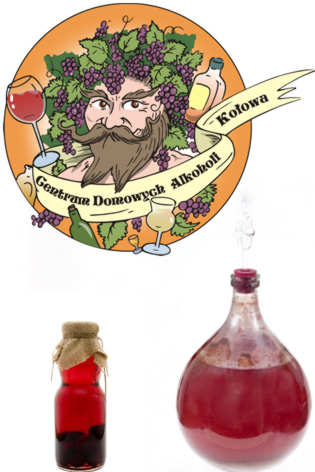Dlaczego zaczęto łączyć alkohol z dębem
Dodawanie opiekanych kawałków dębu, płatki dębowe do wina i innych alkoholi jest jednym z najbardziej fascynujących aspektów ich produkcji. Istnieje wiele rodzajów niezwykłych zmian, które mogą wystąpić w  charakterze alkoholu, gdy jest on prawidłowo „dębowany”. Efekty mogą przerosnąć nasze oczekiwania. Lecz musimy też pamiętać, że nieprawidłowe jego stosowanie może popsuć smak naszego trunku. Płatki dębowe francuskie i amerykańskiedostępne już dla konsumentów i małych producentów wina jak i innych domowych alkoholi.
charakterze alkoholu, gdy jest on prawidłowo „dębowany”. Efekty mogą przerosnąć nasze oczekiwania. Lecz musimy też pamiętać, że nieprawidłowe jego stosowanie może popsuć smak naszego trunku. Płatki dębowe francuskie i amerykańskiedostępne już dla konsumentów i małych producentów wina jak i innych domowych alkoholi.
Wszystko zaczęło się, gdy producenci win z Europy przestali zaopatrywać wyłącznie lokalne społeczności i okoliczne miasta. Zaczęli oni dystrybucję do innych państw, a w XVI wieku nawet do obszarów Nowego Świata. Była to prężnie rozwijająca się gałąź biznesu, której rozległość była dużo większa niż obszary skąd oryginalnie pochodził surowiec do produkcji win. Kluczowym aspektem niezbędnym do rozwoju każdego producenta wina było zapewnienie środków do transportu swoich produktów do najodleglejszych odbiorców.
Drewniane beczki w przeważającej mierze służyły do transportu dóbr na dalekie odległości w czasach rozwoju gospodarki europejskiej, a nawet u schyłku czasów imperium rzymskiego. Wszystko, począwszy od wody a kończąc na oliwie z oliwek, nawet ryby, były przewożone w drewnianych beczkach. Tak też było w przypadku wina. Krótko mówiąc, drewniane beczki były uniwersalnym środkiem transportu łatwo psujących się towarów.
Jak na ironię losu, we wcześniejszych czasach producenci szukali drewna na beczki, które miałoby jak najmniejszy wpływ na ich wina. Beczki traktowane były jak zło konieczne, zło którego nie da się uniknąć przy transporcie, i które przyspieszało i tak już szybkie psucie się wina. Z tego powodu ich poszukiwanie nieszkodliwego gatunku drewna zdawało się być sensowne, a i w wielu przypadkach drewna uzasadnione. W tym okresie do budowy beczek stosowane było wiele gatunków twardego drewna, które de facto miały bardzo zły wpływ na smak i stan wina.
Francuscy producenci skłaniali się ku drewnu dębowemu z obszarów nadbałtyckich, rosnącemu na północy i wschodzie Polski, w przeciwieństwie do obecnie święcącego triumfy drewna z lasów krajowych. Dąb z tamtych obszarów miał mniejszy wpływ na ich wino, a tego właśnie szukali. Rzecz miała się tak do wczesnych lat XVIII wieku, kiedy to nieliczni producenci win odkryli korzyści płynące z przechowywania wina w beczkach wykonanych z wyselekcjonowanych dębów, nie tylko w czasie transportu ale także starzenia.








